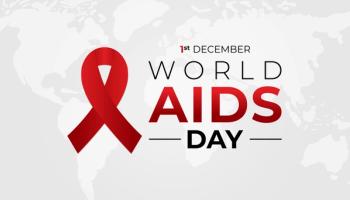
Some anticonvulsants may raise suicide risk
Anticonvulsant agents have important therapeutic benefits. However, both the healthcare provider and patient need to remain cognizant of associated risks, according to results of a study published in the April 13, 2010, edition of the Journal of the American Medical Association.
Anticonvulsant agents have important therapeutic benefits. However, both the healthcare provider and patient need to remain cognizant of associated risks, according to results of a study published in the April 13, 2010, edition of the Journal of the American Medical Association.
In the cohort study, researchers evaluated the risk of suicidal acts and combined suicidal acts or violent death associated with individual anticonvulsant agents in a population of anticonvulsant new users compared with patients initiating a reference anticonvulsant drug.The study identified 827 suicidal acts (801 attempted suicides and 26 completed suicides) and an additional 41 violent deaths (868 combined suicidal acts or violent deaths) in 297,620 new treatment episodes of anticonvulsant medications.
The risk of suicidal acts was increased for gabapentin (HR=1.42; 95% CI, 1.11–1.80), lamotrigine (HR=1.84; 95% CI, 1.43–2.37), oxcarbazepine (HR=2.07; 95% CI, 1.52–2.80), tiagabine (HR=2.41; 95% CI, 1.65–3.52), and valproate (HR=1.65; 95% CI, 1.25–2.19), compared with topiramate. The analyses including violent death produced similar results. A secondary analysis confirmed the increased risk and identified an excess of 5.6 cases of attempted or completed suicide per 1,000 person-years among new users of gabapentin, 10.0 cases per 1,000 person-years among new users of oxcarbazepine, and 14.1 cases per 1,000 person-years among new users of tiagabine compared with topiramate. Gabapentin users had increased risk in subgroups of younger and older patients, patients with mood disorders, and patients with epilepsy or seizure disorders.
In 2008, FDA mandated warning labels for anticonvulsant agents regarding the increased risk of suicidal thought and behaviors. The decision was based on a meta-analysis not sufficiently large to investigate individual drugs.
“Healthcare providers should carefully assess the risks and benefits of these medications on an individual patient basis to ensure the associated benefits outweigh the risks,” the study’s lead author Elisabetta Patorno, MD, MPH, research fellow at the division of Pharmacoepidemiology and Pharmacoeconomics, Brigham and Women’s Hospital and Harvard Medical School in Boston, told Formulary. “Those patients that are determined to benefit should be monitored for symptoms that could lead to suicidal risk. Patients should not stop taking these medications but they should discuss any concern with their doctor. Both patients and healthcare professionals should be alert to early symptoms, such as changes in mood or behavior, which might potentially be associated with suicidal risk.”
Newsletter
Get the latest industry news, event updates, and more from Managed healthcare Executive.






















































